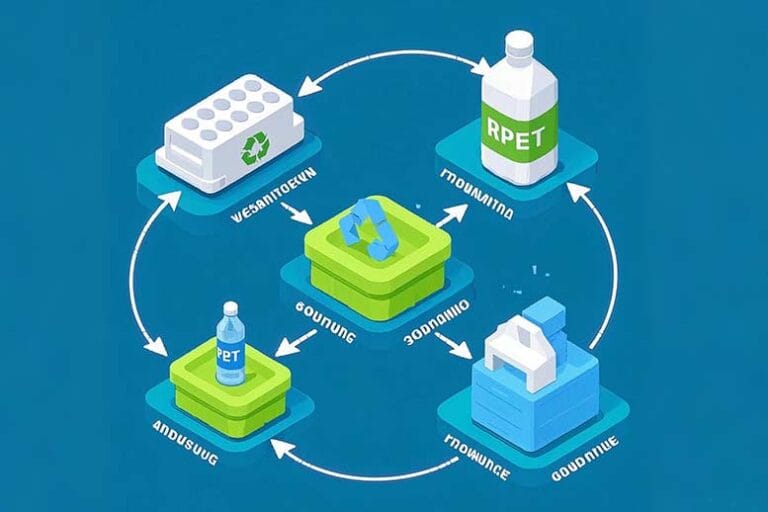
Is rPET Suitable for Food-Grade Packaging?
Globally, the push for sustainability has led to a boom in recycled materials being used across all industries. Recycled polyethylene terephthalate has been gaining attention

Globally, the push for sustainability has led to a boom in recycled materials being used across all industries. Recycled polyethylene terephthalate has been gaining attention
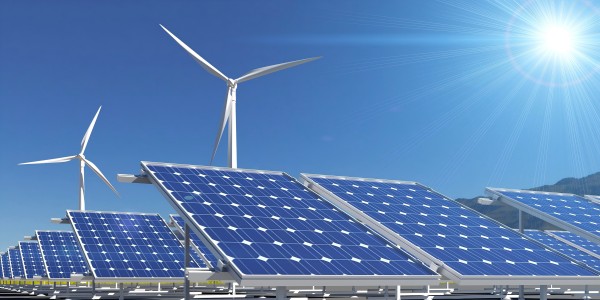
Introduction Solar power plants’ long-term profitability is determined by the stability and efficiency photovoltaic modules. The PV modules can suffer from Possible Induced Decay (PID) during prolonged
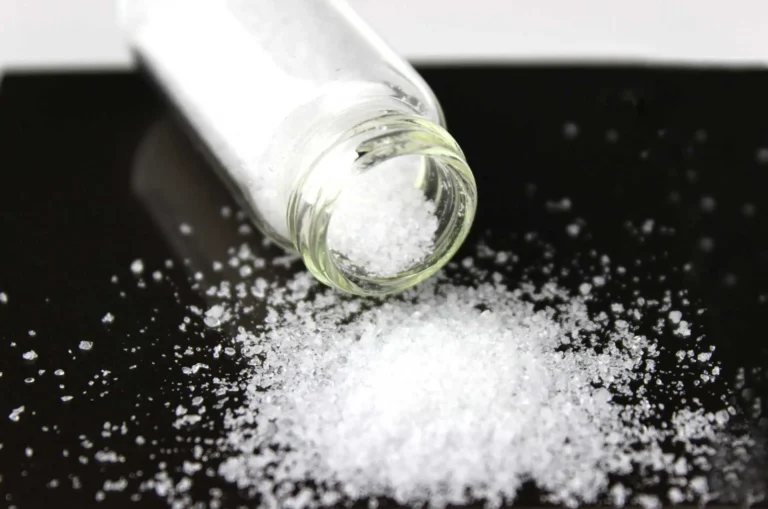
Introduction Polyester monofilaments are widely used in various industries, including textiles, industrial applications, fishing lines, 3D printing, and medical sutures. These materials are highly
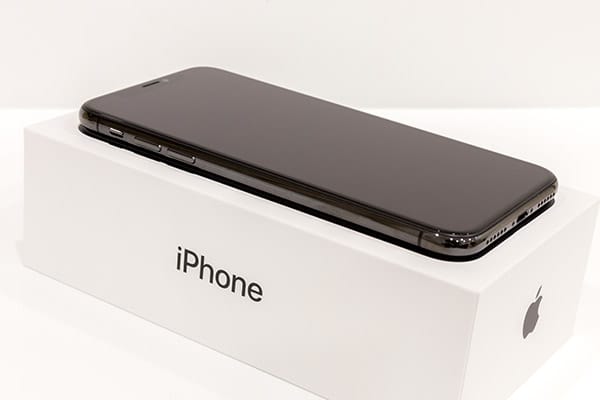
Transforming PU Tactile Paper Coatings with Polycarbodiimide Crosslinkers Enhancing the tactile experience while maintaining quality and durability is a constant challenge for paper manufacturers.
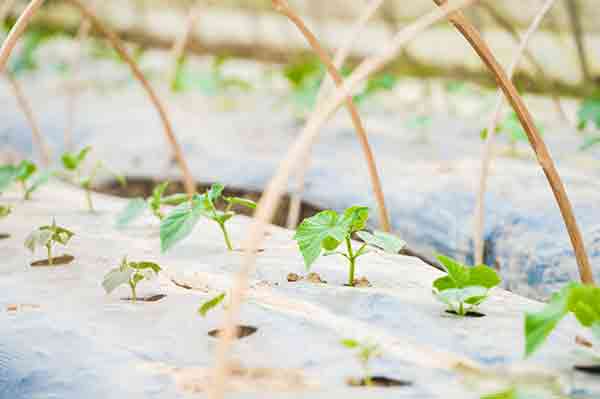
With the increasing awareness of environmental protection, degradable mulch films have gained significant attention as an ideal substitute for traditional plastic films. These films
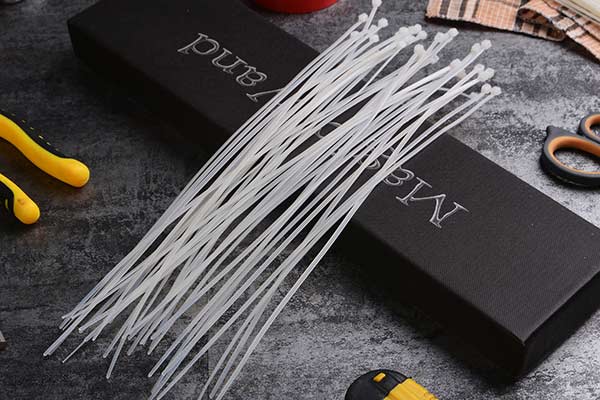
In the dynamic landscape for sustainable materials, rPET straps (recycled Polyethylene Terephthalate) have emerged as game-changers. To unlock their full potential, epoxy chain extenders
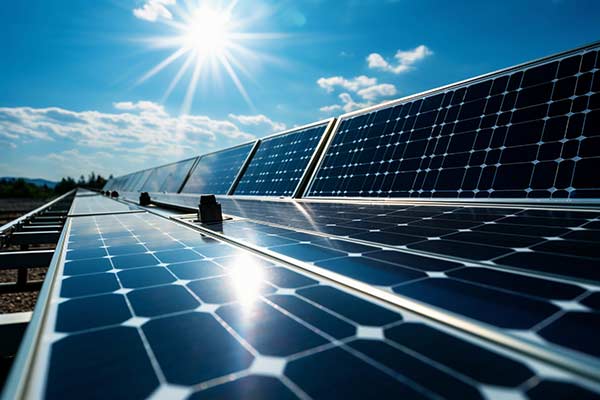
The photovoltaic industry, a key player in the solar power generation sector due to the growing global demand for renewable energy, has developed rapidly.
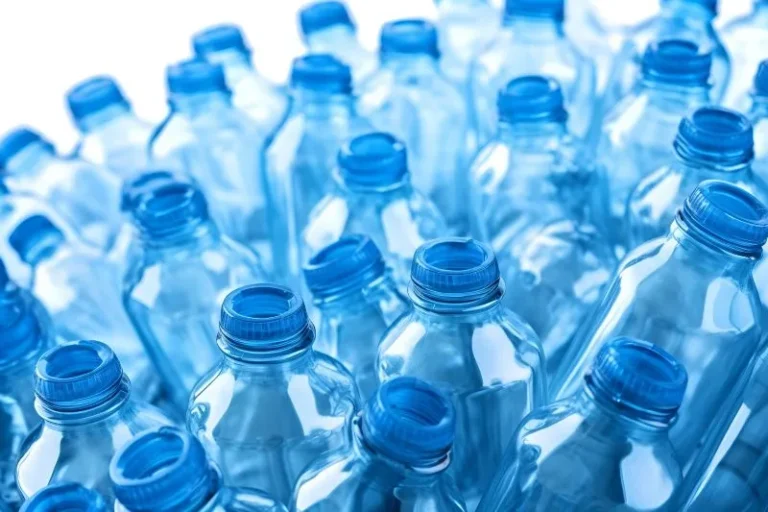
Introduction Recycled Polyethylene Terephthalate (rPET), a sustainable alternative to virgin PET, plays a crucial role in promoting a circular economy. It helps reduce plastic
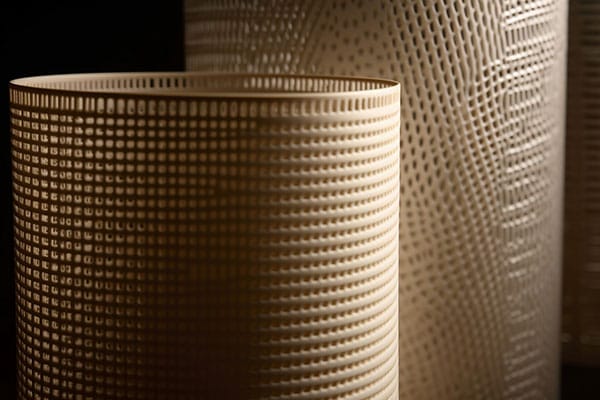
Polyester monofilament is vital in materials science, being applied in textiles, industry, and medicine due to its high strength and wear resistance. In the
We will contact you within 1 working day, please pay attention to the email with the suffix “@langyitech.com”.